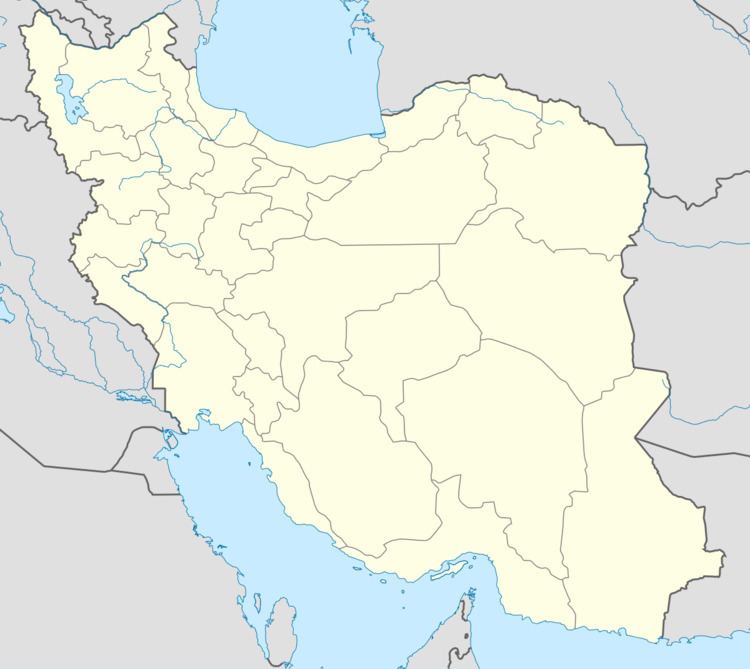Bakhsh Central Local time Monday 5:52 AM | County Nahavand Time zone IRST (UTC+3:30) | |
 | ||
Weather 4°C, Wind S at 6 km/h, 97% Humidity Neighborhoods Pay Qaleh, Shahid Heydari Town, Golshan, Dr. Hesabi Town, Taleghani Town, Mahdieh, Javadieh | ||
Hamedan tv nahavand
Nahavand (Persian: نهاوند, also Romanized as Nahāvand and Nehāvend) is a city in and capital of Nahavand County, Hamadan Province, Iran. At the 2006 census, its population was 72,218, in 19,419 families. It is located south of Hamadan, east of Malayer and northwest of Borujerd. Nahavand is one of the oldest existing cities in Iran.
Contents
Map of Nahavand, Hamadan Province, Iran
Name
It has been spelled differently in different books and sources: Nahavand, Nahavend, Nahawand, Nahaavand, Nehavand, Nihavand or Nehavend, formerly called Mah-Nahavand, and in antiquity Laodicea (Greek: Λαοδίκεια; Arabic Ladhiqiyya), also transliterated Laodiceia and Laodikeia, Laodicea in Media, Laodicea in Persis, Antiochia in Persis, Antiochia of Chosroes (Greek: Αντιόχεια του Χοσρόη), Antiochia in Media (Greek: Αντιόχεια της Μηδίας), Nemavand and Niphaunda.
History
Tepe Giyan is located in the area and consists of fine painted potteries from the 4th millennia BC.
The city was founded by Darius I the Great, in Media along with the two other Achaemenid cities of Apamea and Xerxes. (Strabo xi. p. 524 ; Xerxes "Laodikeia") Pliny (vi. 29) describes it as being in the extreme limits of Media, and (re-)founded by Xerxes I.
The city was a center of Chosroes I's empire. After military reverses (ca. 540) following his sack of Syrian Antiochia in 538, he was forced to rename his capital "Antiochia".
It is the site of the Battle of Nihawand in 642 that completed the fall of the Sassanid Empire and the Islamic conquest of Iran. It was ruled by Ottomans between 1589 and 1603 and again between 1734 and 1730.
Natives of Nahavand include Benjamin Nahawandi, who was a key figure in the development of Karaite Judaism in the Early Middle Ages, and 8th-century astronomer Ahmad Nahavandi, who worked at the Academy of Gundishapur. The Persian hero Feroze Nahavandi was born here. In another case they call Nahavand the city of secrets because there are a lot of cities under the current city.
Music
Nahavand also gives its name to the musical mode (maqam) Nahwand in Arabic, Persian and Turkish music. This mode is known for its wide variety of Western sounding melodies.
